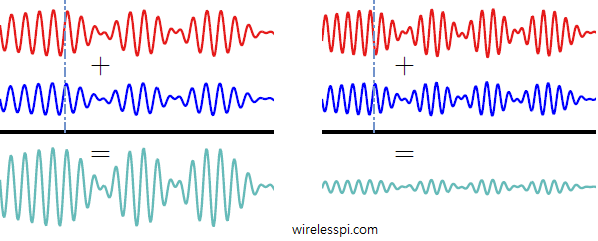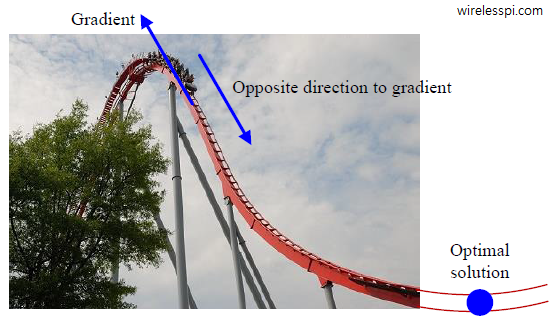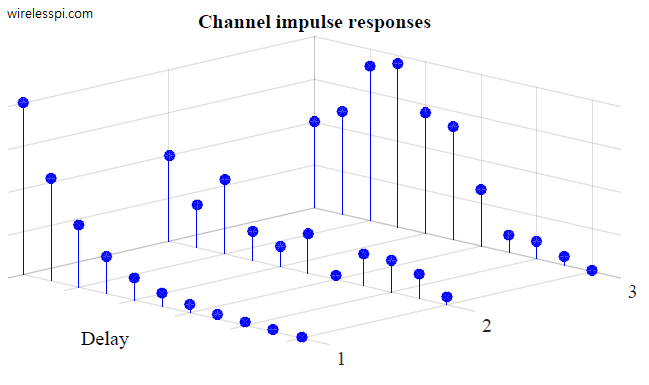Small-scale fading is a phenomenon that arises due to the unguided nature of the wireless medium. Dramatic variations in signal amplitude occur at the Rx from constructive and destructive interference of multipath components originating from the surrounding environment that give rise to small-scale fading. This is the main challenge for designing efficient high-rate wireless communication systems which spawned an array of research activities in the past 50 years aimed to bring the wireless transmission rates closer to their wire counterparts. The technologies for 5G systems have been chosen with the benefit of experience gained from actual implementations over these years.
Continue reading



